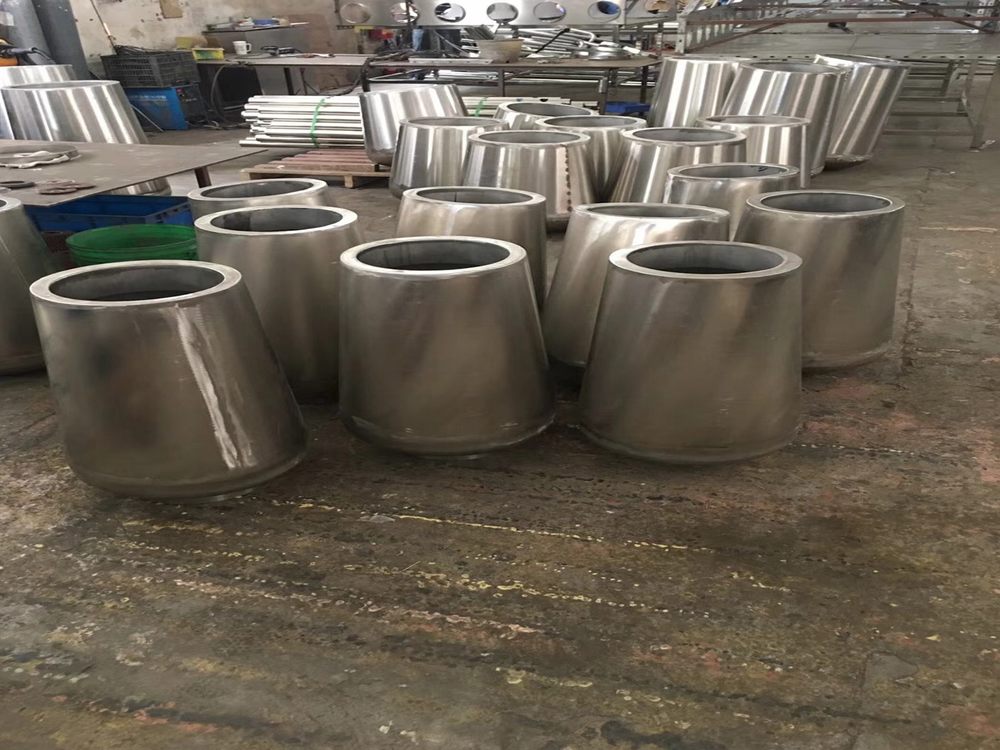
Bronze sculptures have been admired for centuries due to their durability, intricate details, and timeless beauty. The creation of these artworks relies on specific raw materials, primarily copper and tin, which form the core alloy of bronze.
Copper, the dominant component, typically makes up 80-90% of the alloy, providing malleability and a warm reddish hue. Tin, comprising 10-20%, enhances hardness and fluidity during casting, ensuring fine details are preserved. Occasionally, small amounts of other metals like zinc, lead, or nickel are added to modify texture, color, or workability.
Historically, artists sourced these materials from natural deposits, but modern sculptors often use recycled metals for sustainability. The precise ratio of copper to tin determines the bronze's properties, making it ideal for both delicate figurines and monumental statues. Understanding these materials helps appreciate the craftsmanship behind every bronze masterpiece.

